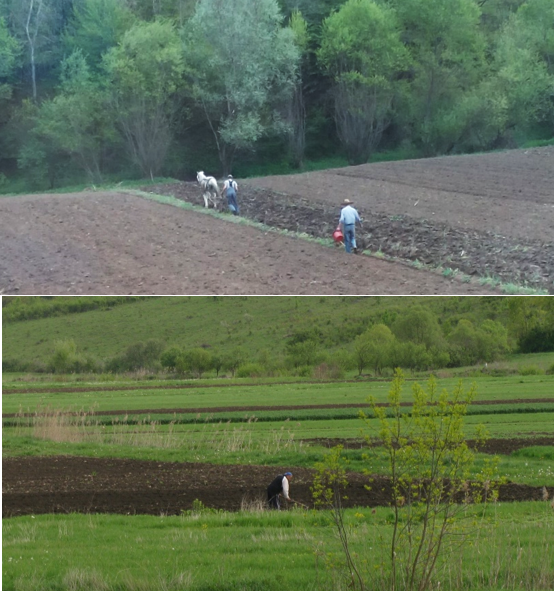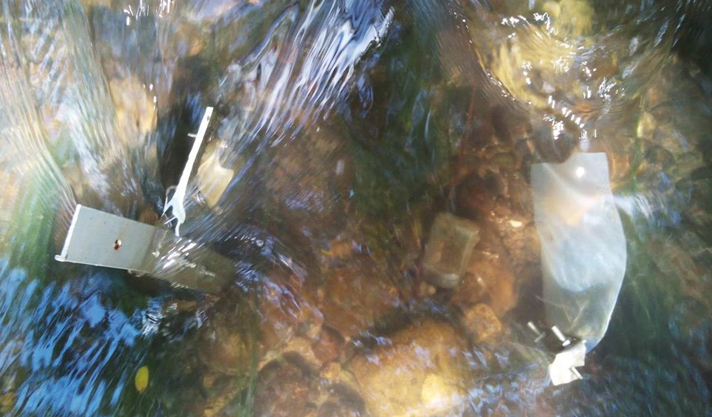In this post, Verena Schreiner talks about a recently published paper on pesticide pollution in a European region with considerable amount of traditional agriculture.
Studies of pesticide exposure and their potential effects in streams adjacent to high intensity agriculture, have often been limited to Western Europe, Australia, or the US. In other regions such as Transylvania, located in Eastern Europe, low intensity agriculture prevails. Low intensity agriculture is based on human or animal labour instead of heavy machinery, which dominates in high intensity agriculture. Given these different agricultural practices and a reported lower pesticide use, previous studies assumed a lower pesticide exposure in non-target areas such as streams.

We studied the exposure of 19 streams in a region around Cluj-Napoca, Romania, to 244 pesticides and their metabolites using passive sampling. We focused on heavy rainfall events, because these cause surface runoffs, which are the main entry path of most pesticides into streams.
We found up to 50 pesticides in one sample and sum concentrations similar to those observed in high intensity agricultural areas of Western Europe or the US. The related estimated toxicity per site towards freshwater invertebrates is known to alter macroinvertebrate communities and thus can affect whole stream ecosystems. Surprisingly, in-stream pesticide exposure and toxicity were not related to agricultural intensity adjacent to the sampled streams. This contradicts previous assumptions of lower pesticide input to streams adjacent to low intensity agriculture.

To predict pesticide exposure in ecosystems, we searched for relationships between pesticide exposure and different variables such as catchment size, buffer width, or the riparian vegetation. We found increasing pesticide toxicity towards freshwater invertebrates with increasing catchment size and the agricultural land use in the upstream catchment.
Our study shows that assumptions of low intensity agriculture leading to lower pesticide exposure of adjacent non-target areas need to be revisited using scientific data.
The paper “Paradise lost? Pesticide pollution in a European region with considerable amount of traditional agriculture” was authored by Verena C. Schreiner, Moritz Link, Stefan Kunz, Eduard Szöcs, Andreas Scharmüller, Bernadette Vogler, Birgit Beck, Karina P. Battes, Mirela Cimpean, Heinz P. Singer, Juliane Hollender, and Ralf B. Schäfer, and is published in Water Research.
For further information about the project and additional results see our previous blog posts:
Do agricultural pesticides in streams influence riparian spiders?
Field study in Transylvania: News from the Landscape Ecology Group
